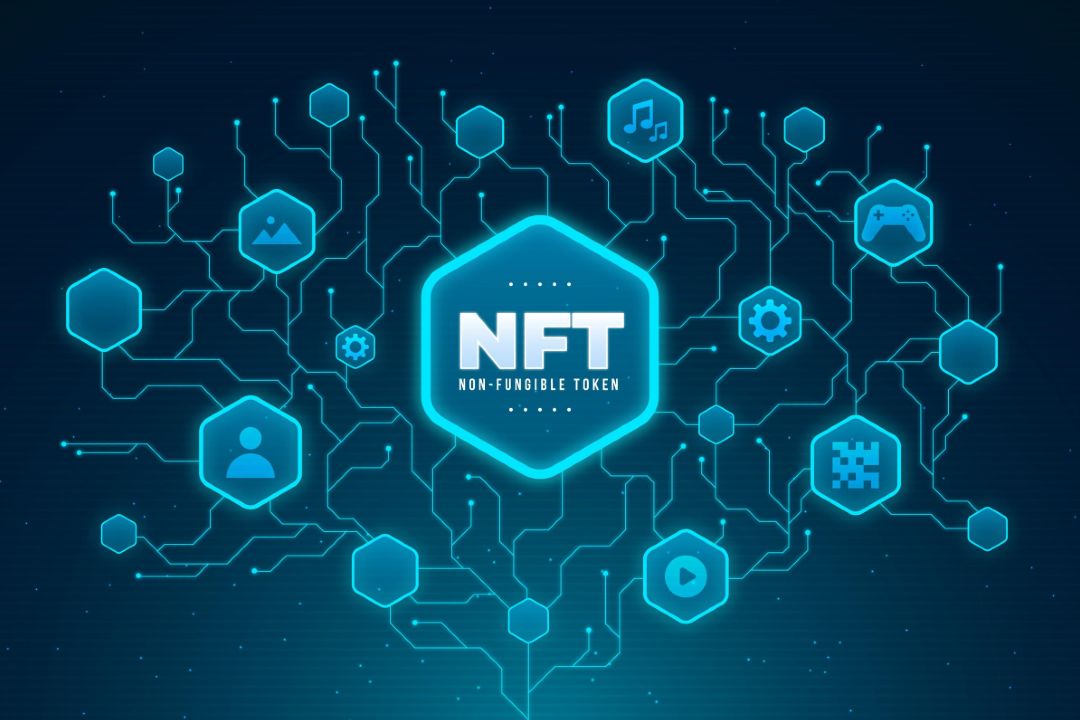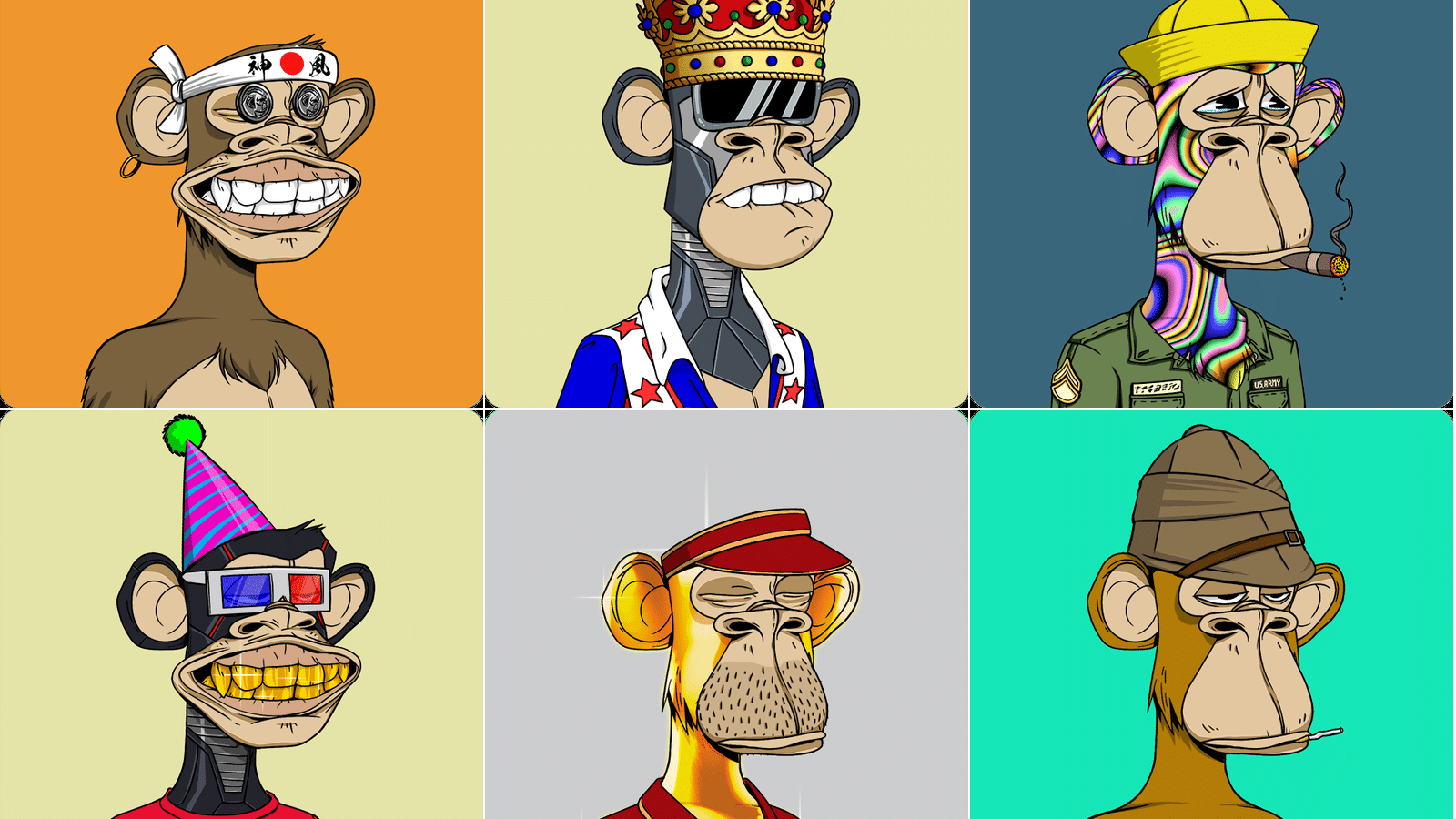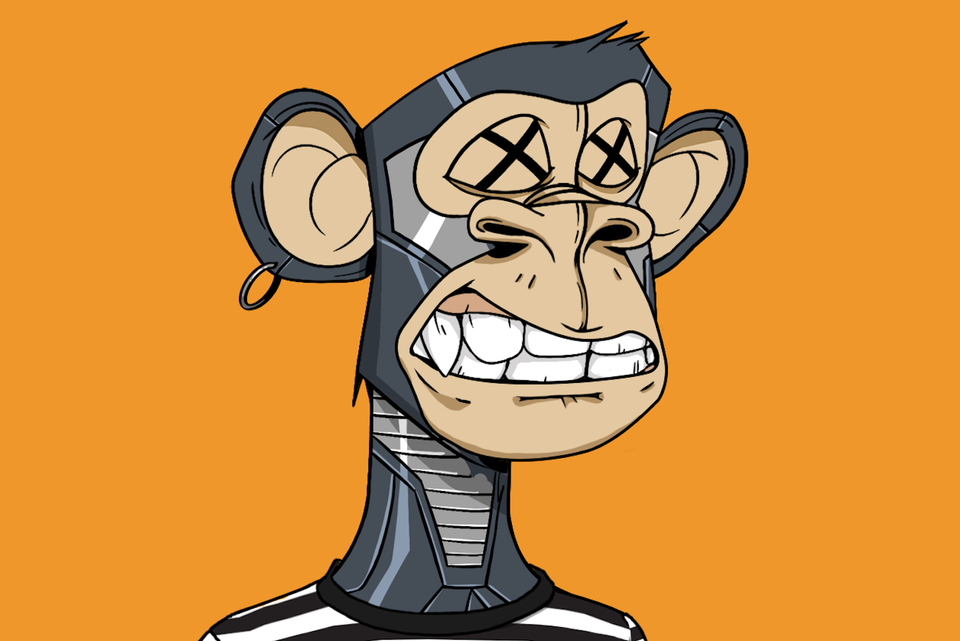What Are The Latest NFT Market Trends? 7 Trends You Need To Know!
Discover the latest NFT market trends shaping the digital asset world, including dynamic NFTs, integration with the metaverse, cross-industry applications, and more.
Author:Stefano MclaughlinReviewer:Camilo WoodFeb 08, 20246.5K Shares89.3K Views

In the spring of 2022, the NFT market experienced a seismic shift. Once buoyed by unparalleled hype, the sector witnessed a precipitous decline, with floor prices of prominent NFTs plummeting and trading volumes shrinking dramatically. This downturn has prompted a crucial question: What does the future hold for non-fungible tokens (NFTs) and what are the latest NFT market trends?
The Rise And Recalibration Of The NFT Market
The genesis of NFTs, marked by the creation of Ethereum's ERC-721 token, heralded a new era of digital ownership and collectibility. Monumental sales, such as Beeple's artwork fetching $61 million and Damien Hirst’s ‘The Currency’ collection achieving $89 million in sales, showcased the market's potential. However, this exuberance was not to last. A staggering 83% decline from all-time highs and a 92% drop in average token sale prices have signaled a market in flux, undergoing significant recalibration.
Understanding The Market Dynamics
The NFT market's contraction has been sharp, but it's crucial to delve into the underlying factors. A notable observation is the inverse relationship between NFT prices and Bitcoin's value, suggesting differing investor sentiments across digital asset classes. Contrary to initial beliefs, the decline in NFT values did not correlate with a loss of interest in digital assets altogether but indicated a market correction and a shift towards more sustainable growth.
While some experts argue that the strength of cryptocurrencies, like Bitcoin, reflects a diversification of investment portfolios away from traditional financial markets, others see a more intertwined relationship between NFTs and the broader crypto market. Initiatives like Bitcoin ordinals have reignited interest in NFTs, highlighting a persistent appetite for digital collectibles and the innovative potential within the space.
The Path To Market Recovery
Despite the downturn, projections for the NFT market remain optimistic. Statista anticipates growth to $3.2 billion by 2027, with an increasing user base driven by diversifying applications of NFTs beyond mere collectibles. This expected rebound underscores the evolving perception of NFTs and their potential to integrate more deeply into digital economies and lifestyles.
7 Latest NFT Market Trends
The latest NFT market trends indicate a dynamic shift from speculative trading towards a focus on utility, sustainability, and integration into broader digital ecosystems.
Despite the significant downturn in trading volumes and token prices, the NFT sector is evolving, showcasing resilience and potential for growth.
Key trends include:
1. Dynamic And Utility-Driven NFTs
There's a growing emphasis on NFTs that offer more than just digital ownership of art or collectibles. Dynamic NFTs that change based on user interaction and NFTs with embedded utility in gaming, virtual worlds, and loyalty programs are gaining traction. This evolution points towards a future where NFTs serve functional roles, enhancing user engagement and retention.
2. Integration With The Metaverse And Digital Identity
NFTs are increasingly viewed as essential components of the metaverse, facilitating digital ownership, identity, and asset management within these expansive virtual spaces. They are becoming the building blocks for digital experiences, offering users unique ways to interact, transact, and present themselves online.
3. Cross-Industry Applications
Beyond the art and entertainment sectors, NFTs are finding applications in areas such as ticketing, real estate, and identity verification. This diversification signals a shift towards mainstream acceptance and utility, where NFTs solve real-world issues and add value to various industries.
4. Market Maturation And Stabilization
After the initial hype, the NFT market is undergoing a period of consolidation and maturation. Investors and creators are becoming more discerning, focusing on projects with long-term value and utility. This trend towards stabilization is expected to attract a more diverse and sustainable user base.
5. Technological Innovations And Scalability Solutions
As the NFT space grows, so does the need for scalable, efficient, and environmentally friendly blockchain solutions. Innovations in layer 2 solutions, sidechains, and interoperability are crucial for supporting the next wave of NFT growth, reducing transaction costs, and minimizing environmental impact.
6. Global And Demographic Expansion
NFT adoption is spreading globally, with significant growth in emerging markets and among diverse demographic groups. This expansion is supported by increasing internet penetration, mobile device accessibility, and a growing interest in digital assets across different age groups and cultures.
7. Regulatory Clarity And Consumer Protection
As the market matures, there's an increasing call for regulatory clarity and mechanisms to protect consumers from fraud and scams. Clear regulations and industry standards will likely encourage broader adoption and trust in NFTs as a legitimate asset class.
These trends underscore a pivotal phase in the NFT market, moving from speculative investment towards a more utility-based and integrated approach within the digital economy. The future of NFTs lies in their ability to offer real value, drive innovation, and seamlessly merge with the fabric of our increasingly digital lives.
Challenges And Opportunities Ahead
The road ahead for NFTs is not without its challenges. Market volatility, environmental concerns, and the need for regulatory clarity are significant hurdles. However, these challenges also present opportunities for innovation, particularly in developing more sustainable blockchain technologies, fostering a regulatory environment that protects consumers while encouraging growth, and exploring new use cases that demonstrate the intrinsic value of NFTs.
As the NFT market evolves, so too do the platforms that facilitate trade. Marketplaces are becoming more user-friendly, secure, and integrated with broader digital ecosystems, reflecting a shift towards a more mature and accessible market. Consumer behavior is also evolving, with a growing emphasis on the utility, provenance, and ethical considerations of NFT projects.
Latest NFT Market Trends FAQs
What Are The Key Characteristics Of Dynamic NFTs?
Dynamic NFTs are unique digital assets that evolve based on user interaction or external data sources. Unlike traditional NFTs, which are static, dynamic NFTs can change appearance, attributes, or content, offering a more engaging and interactive experience. This evolution of NFTs enhances user engagement and retention by adding a layer of interactivity and personalization.
How Are NFTs Integrating With The Metaverse?
NFTs are becoming foundational elements of the metaverse, acting as digital ownership proofs for assets, identities, and more within these virtual spaces. They facilitate unique interactions, transactions, and presentations online, making them crucial for the development of immersive, rich digital worlds where users can own, trade, and leverage assets across various platforms.
What Role Do NFTs Play In Cross-Industry Applications?
NFTs are extending their utility beyond the art and entertainment sectors into ticketing, real estate, and identity verification, among others. This expansion demonstrates NFTs' versatility in solving real-world issues by providing a secure, verifiable method of digital ownership and transaction, signaling a shift towards broader mainstream acceptance and utility.
How Is The NFT Market Maturing And Stabilizing?
Following the initial hype, the NFT market is undergoing consolidation and maturation. Investors and creators are now prioritizing long-term value and utility over short-term speculation. This shift towards stability is attracting a diverse and sustainable user base, fostering a healthier ecosystem for NFT growth and innovation.
What Technological Innovations Are Supporting NFT Growth?
To accommodate the expanding NFT market, technological innovations such as layer 2 solutions, sidechains, and interoperability protocols are being developed. These advancements aim to enhance scalability, reduce transaction costs, and minimize environmental impact, addressing some of the critical challenges facing the NFT space and supporting its next wave of growth.
Conclusion
As we navigate through the aftermath of its initial hype towards a future grounded in utility, integration, and sustainability, the NFT market stands at a pivotal crossroads. The latest NFT market trends have showcased a significant shift from speculative investment to embracing practical utility and integration within the digital fabric of society. These trends signal a maturation of the market, where NFTs are set to redefine digital ownership and creativity, offering a glimpse into the future of how we interact with digital content, assets, and each other. With a focus on innovation, utility, and user experience, the next chapter of NFTs, informed by the latest market trends, promises to be as transformative as it is diverse.
In sum, despite facing significant challenges, the underlying technology and its applications continue to offer immense potential. By aligning with the latest NFT market trends, the sector is poised to play a central role in the next evolution of the digital economy, transforming how we perceive and interact with digital assets. The future of NFTs, shaped by these latest trends, lies in their ability to deliver real value, drive innovation, and seamlessly merge with our increasingly digital lives.

Stefano Mclaughlin
Author

Camilo Wood
Reviewer
Latest Articles
Popular Articles

